What do you think of when you hear the word power? POWER. Most people think of having a power over someone or something. The first thing that comes to mind is the ability to have a control or influence over something or someone. Even when you Google the word Power, the first three definitions are all about having power over people, places, things etc. Is that the kind of power you really want? Dave Grohl said, "No one is you and that is your power!" That quote stuck with me. It is a powerful quote and motivates you to be better and to not forget about yourself.
You are here because you probably have a problem, needing a solution. You start researching your problem and suddenly you see the word "power". You see it again and again, you are reading it in different ways; Electricity, Electrical Power, Energy. For example: "Electric energy is watts". There are many ways to define power, but to really understand it, is the most important way to find a solution in the electrical world.
Electricity is defined as a fundamental form of energy observable in positive and negative forms. It can occur naturally, like lightning or can be produced, in a generator. It is expressed in terms of movement and interaction of electrons. It is also defined as a form of energy that is carried through wires and is used to operate machines, lights, etc. (Source: Merriam-Webster.com).
An electric current is defined as the movement of positive or negative electric particles, electrons, accompanied by such observable effects as the production of heat, a magnetic field, or a chemical transformation. (Source: Merriam-Webster.com).
An electric current is a path in which electrons from a voltage or current source flow. The source is the point where the electrons enter a circuit and the electrons leave the circuit at a point called a return. Electrons always end up at the source when they complete the path of an electrical circuit, explaining the name return. The load is the part of an electrical circuit between the source and the return. A circuits load may be as simple as those who power home appliances or as complicated as those on the output of a hydroelectric power generating station. (Source: diytechpro.com).
Now we can get back to POWER. Power is the electrical energy transferred by an electric circuit. Power is measured in Watts. Does that word sound familiar? Watts. I bet you see that word on all types of household items. Now you can understand the meaning. A Watt is a measure of power. Watts refer to "real power" as, the power that performs work or generates heat. It is also the rate energy is consumed in.
Power, given in Watts, is equal to current(I), given in Amps, multiplied by Voltage(V), given in Volts.

How can we add this new information to our everyday lives A microwave, for example, is an electrical device most people use daily. Do you know how many Amps you will need to operate your microwave? Let us help you figure it out.

The Oster brand microwave, shown in the image above shows an input of 120V and a single phase of 1350W. A basic math equation will allow you to figure out how many Amps are required to operate this microwave, or in other words to cook your lunch. A standard household outlet will have a Voltage between 110-125V and 20Amps available.
Safe Tip: To find the exact number of Volts available in your home outlet, please check with your local energy company or a professional Certified Electrician for testing. Do not try to test this yourself.
Knowing this, you can use the following equation:

Now that you have learned this equation, it can be used to figure out the operational power you will need on many other devices you use. You can also use this information to make sure you are not overloading your circuits. For example we already know your microwave will require 11.25 Amps of power to cook your food, during operation. Will you be able to operate two working microwaves from the same outlet, at the same time? NO! Doing this will require more power than your standard 20Amp home outlets will allow. Ultimately causing you to overload your circuits.
Check back next Friday for more.
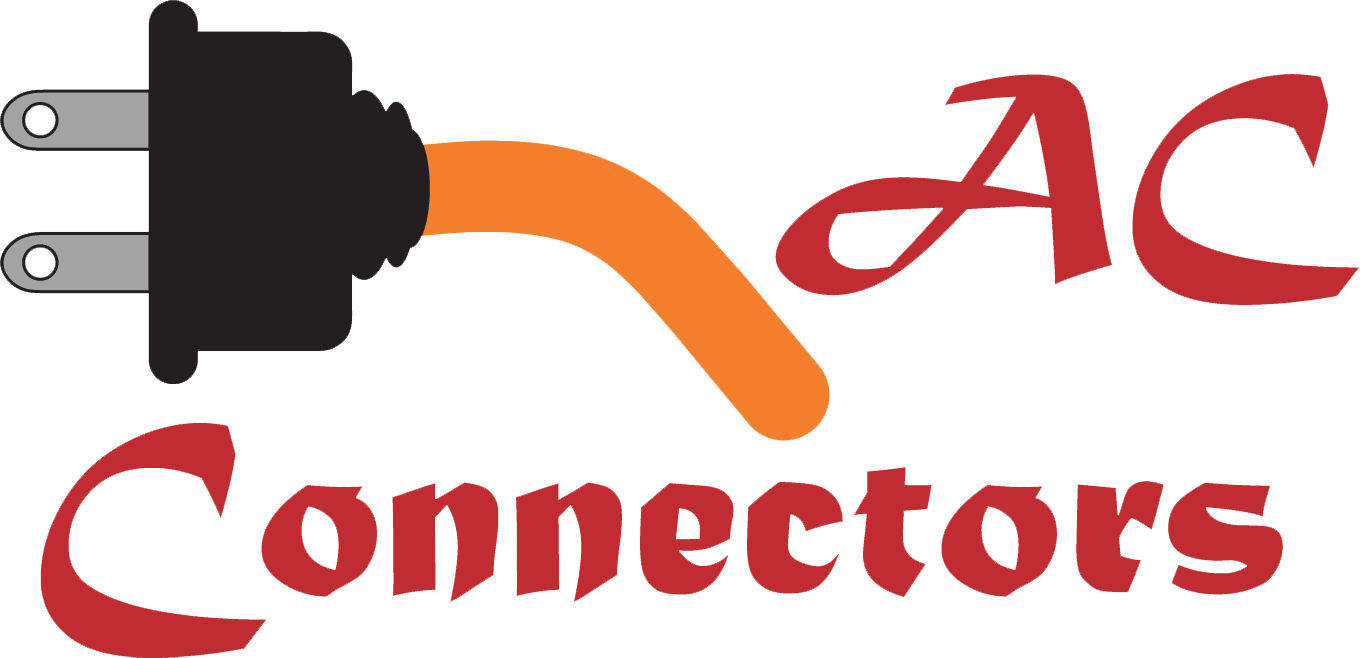

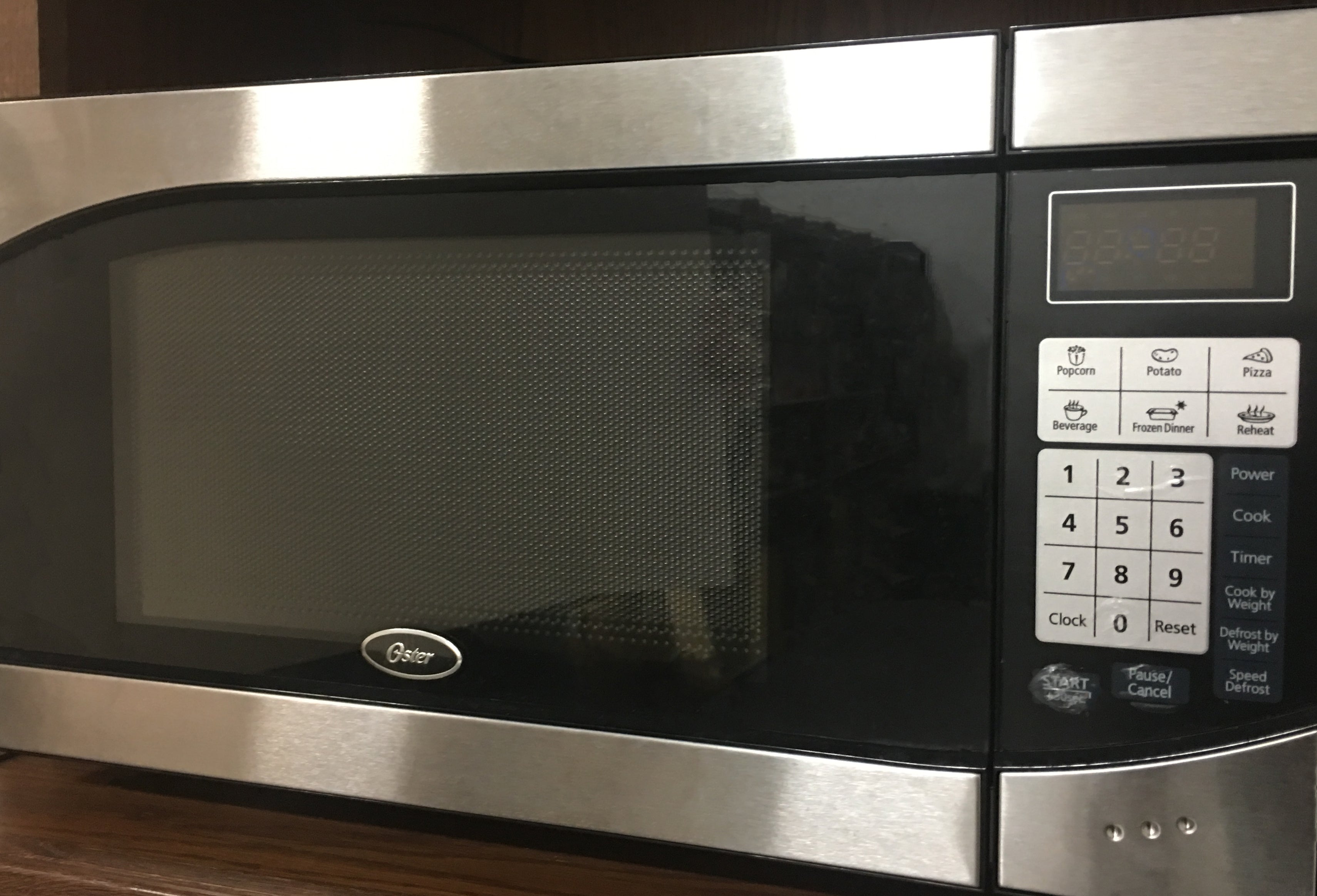


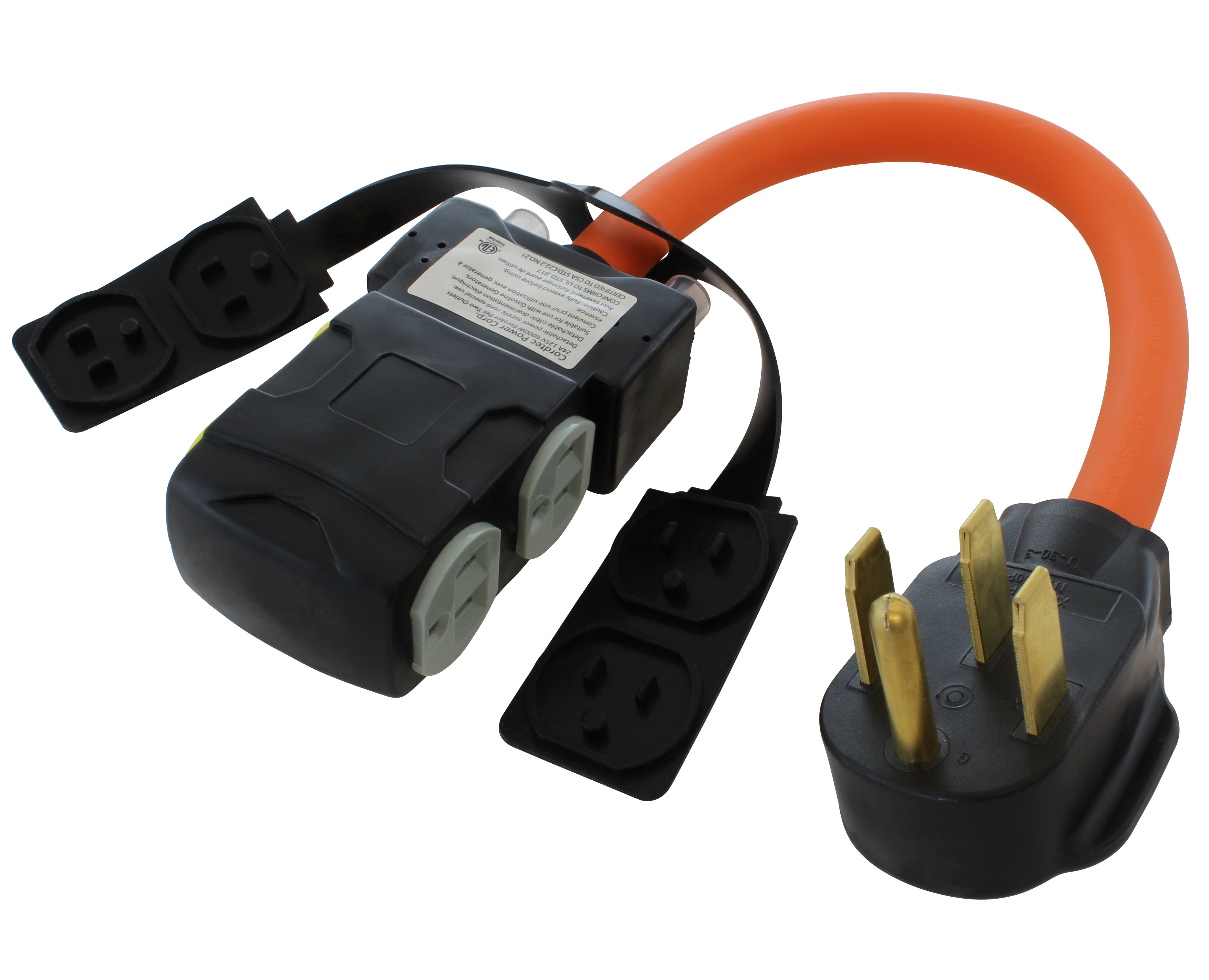
![AC WORKS® [ASINSS2PBX-G] 50A Locking 4-Wire CS6375/ SS2-50 Heavy-Duty Transfer Switch Inlet Box](http://acworks.com/cdn/shop/files/ASINSS2PBX-0_0206b362-7c90-42a5-8754-0685c13dab7e.jpg?v=1758051675&width=2500)
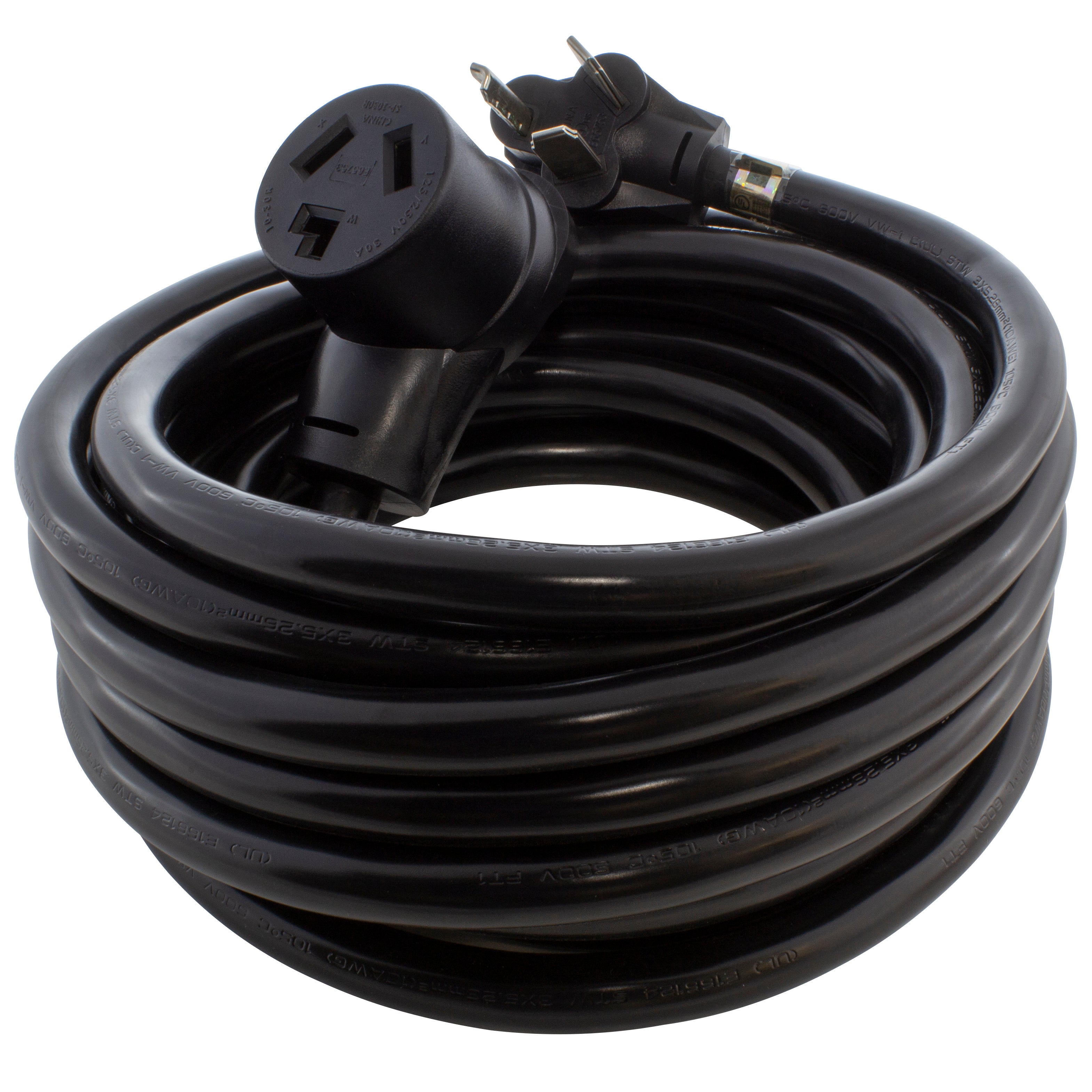
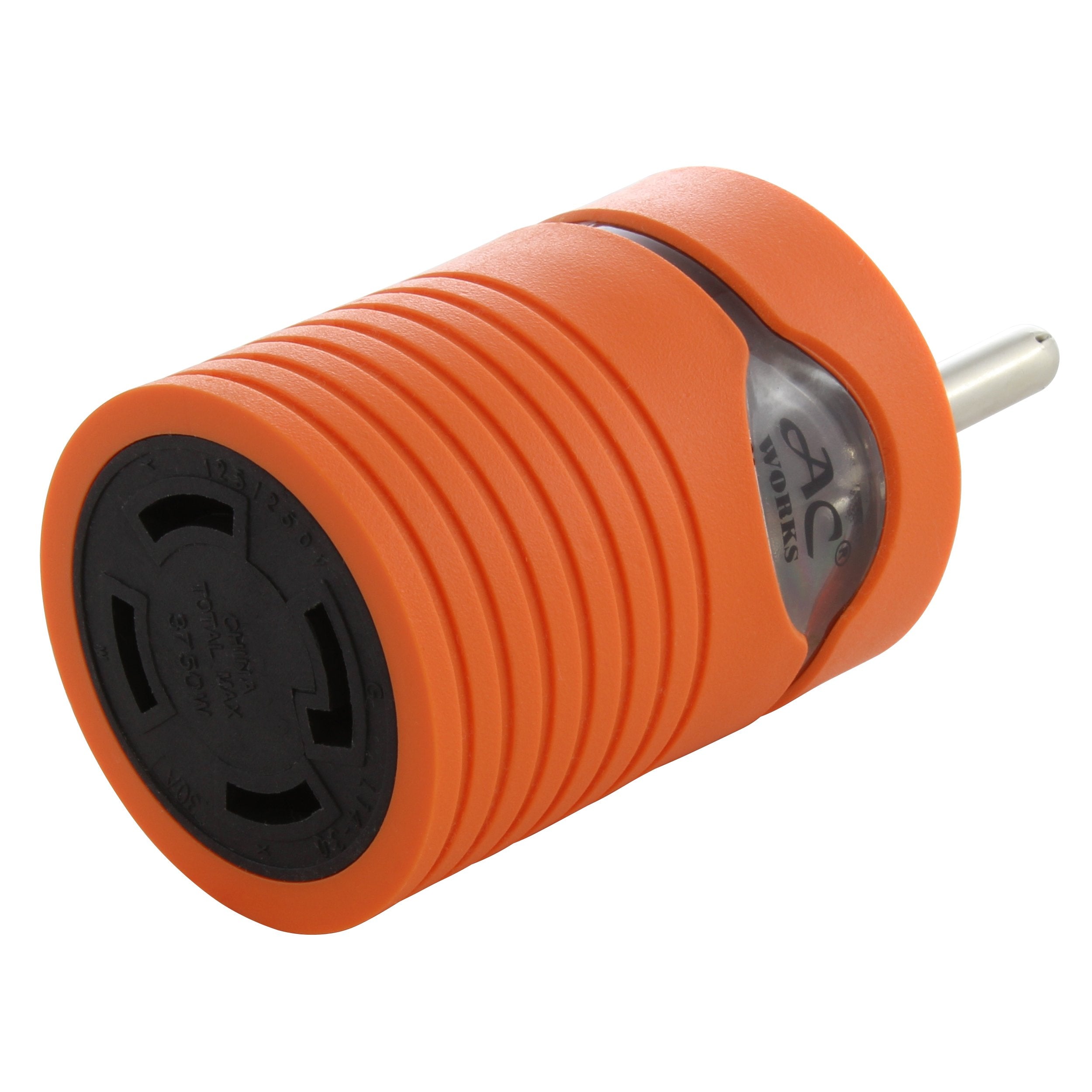
![AC WORKS® [S1430CBF520] 1.5FT 14-30P 4-Prong Dryer Plug to (4) Household Outlets with 24A Breaker](http://acworks.com/cdn/shop/products/S1430CBF520.jpg?v=1666103519&width=4656)

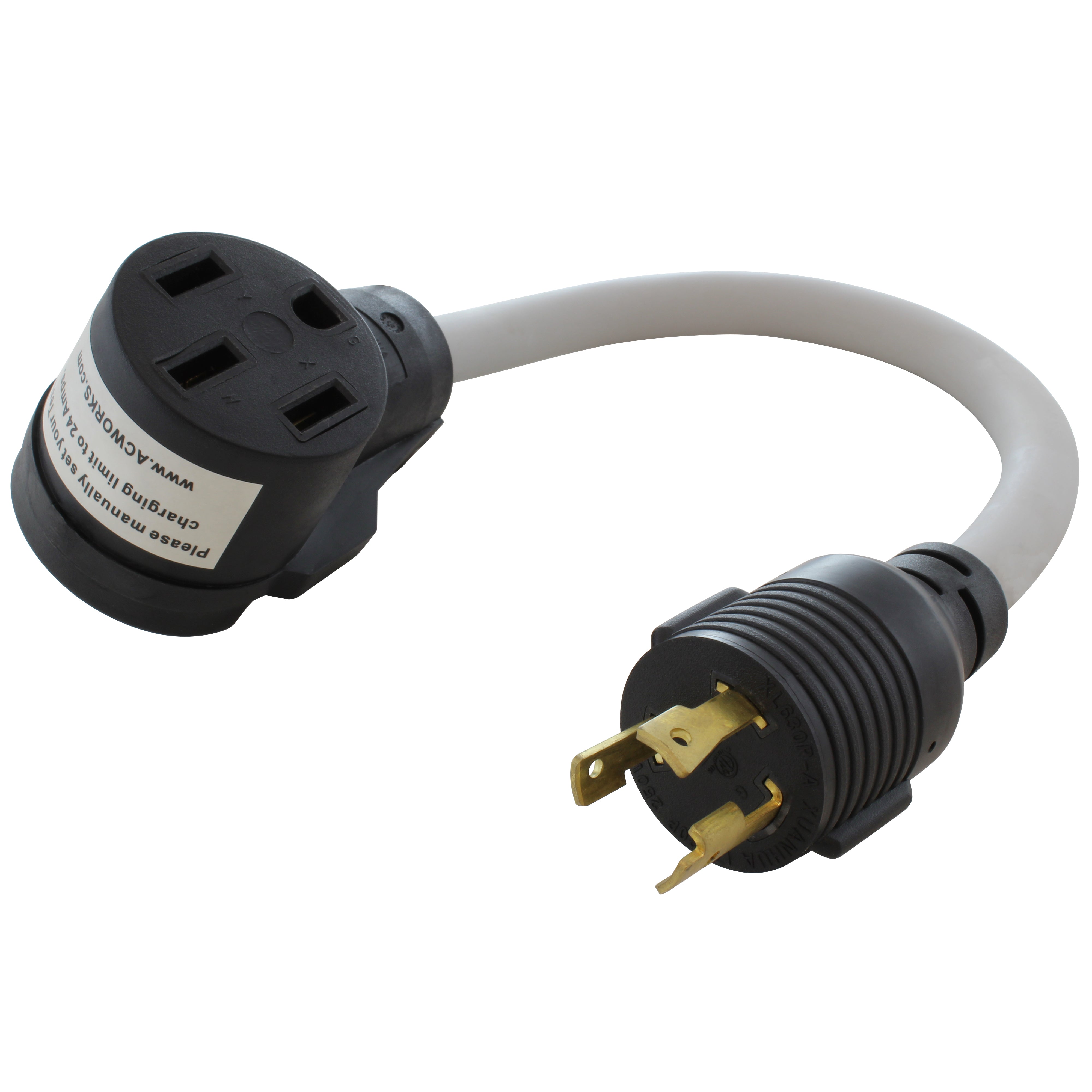
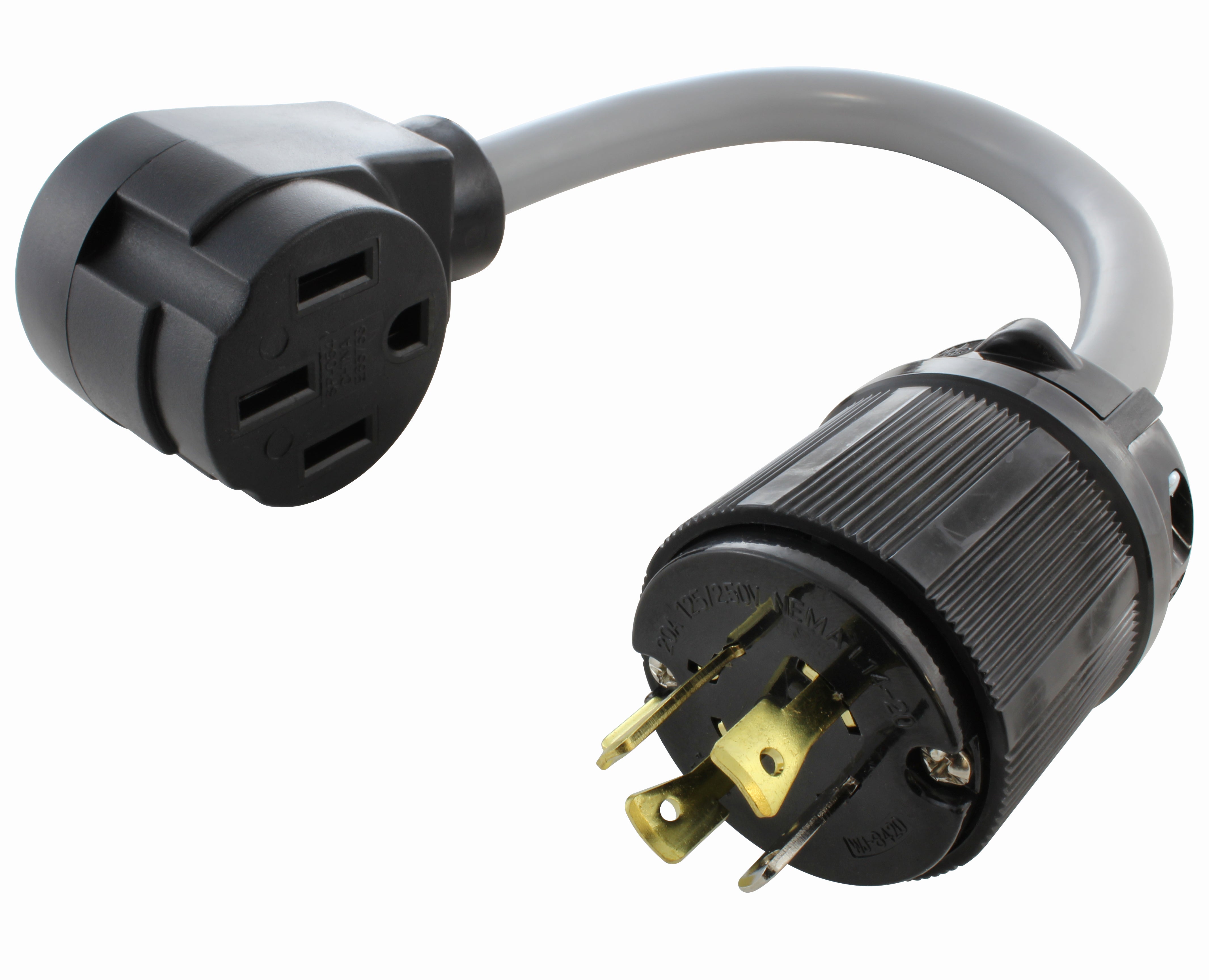
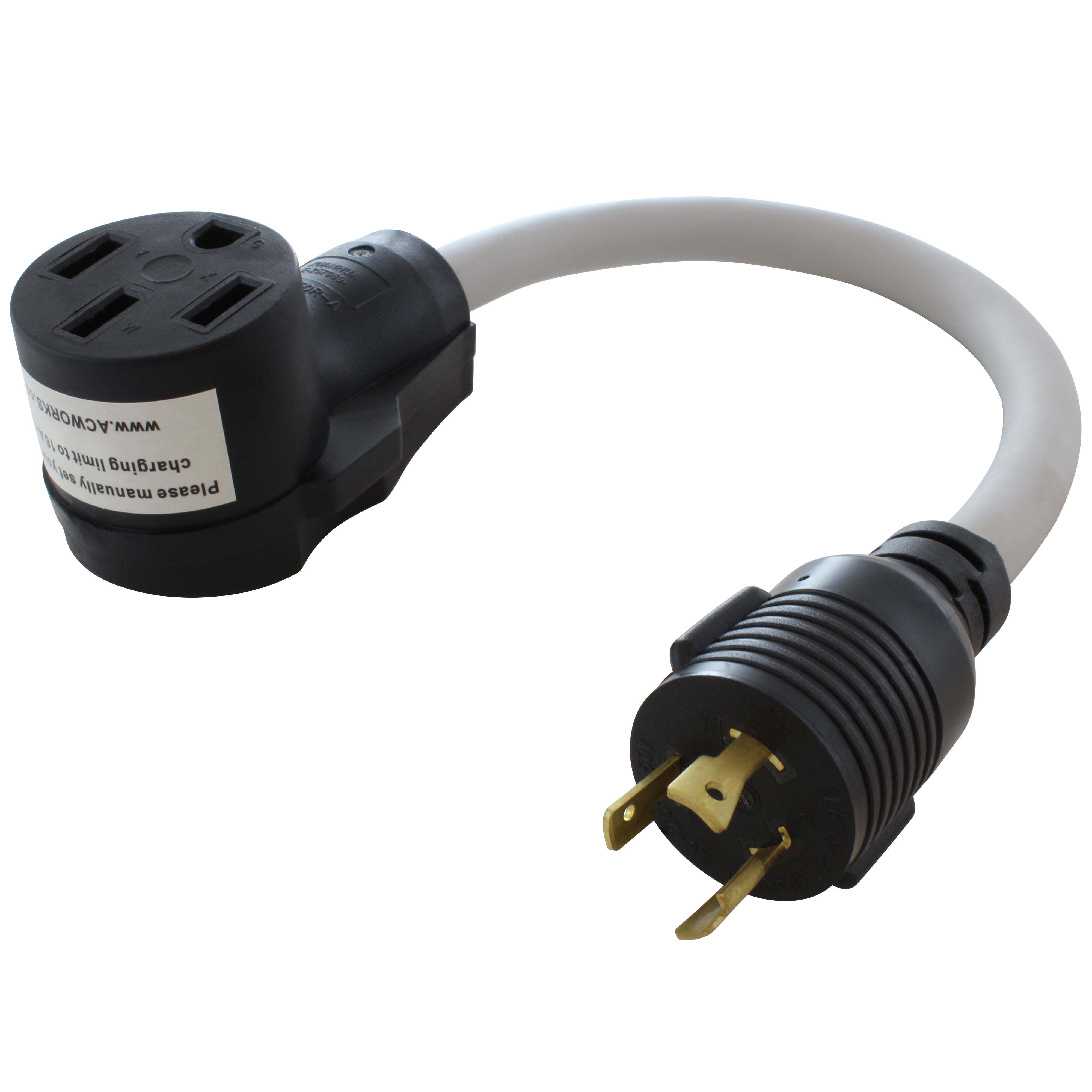


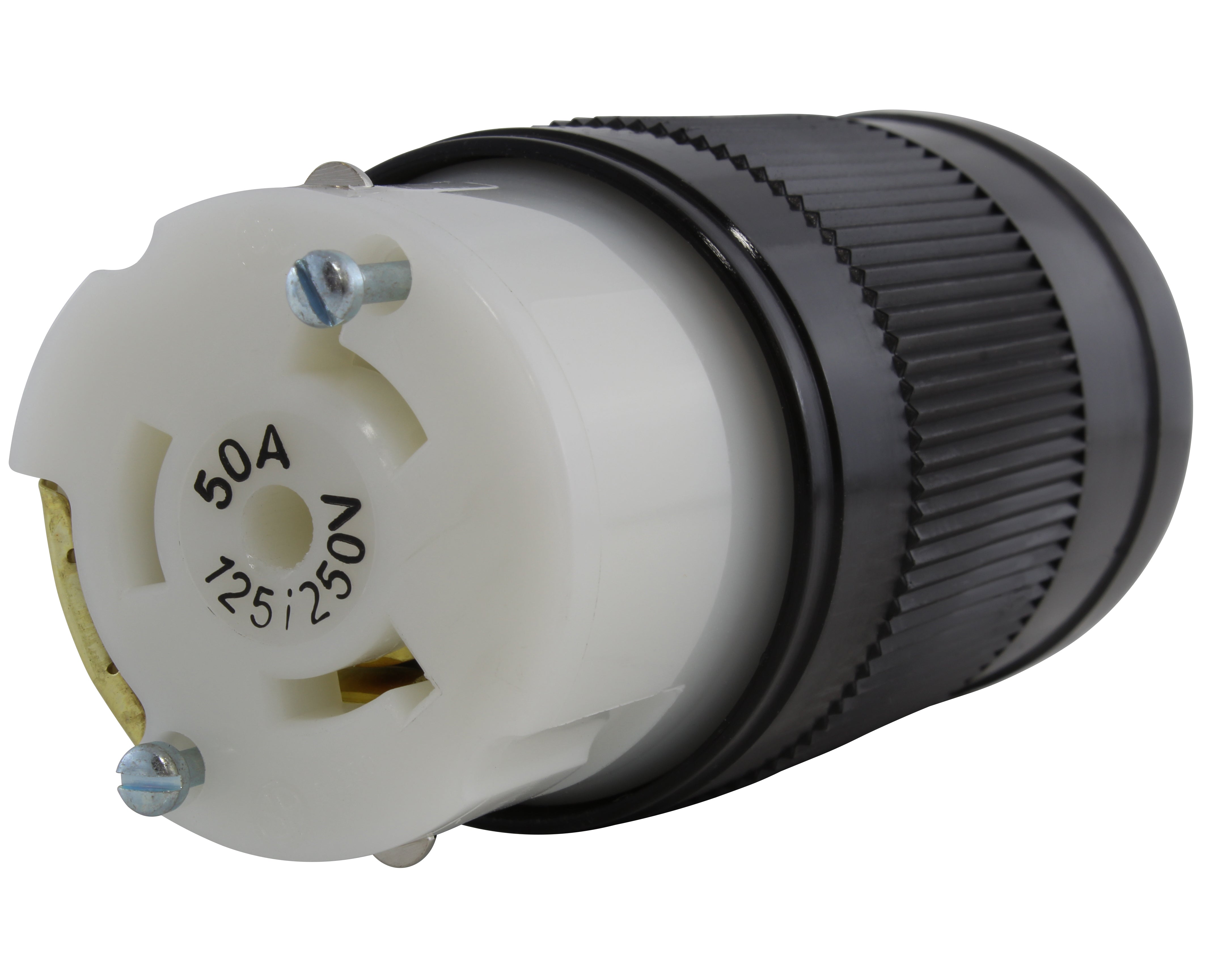
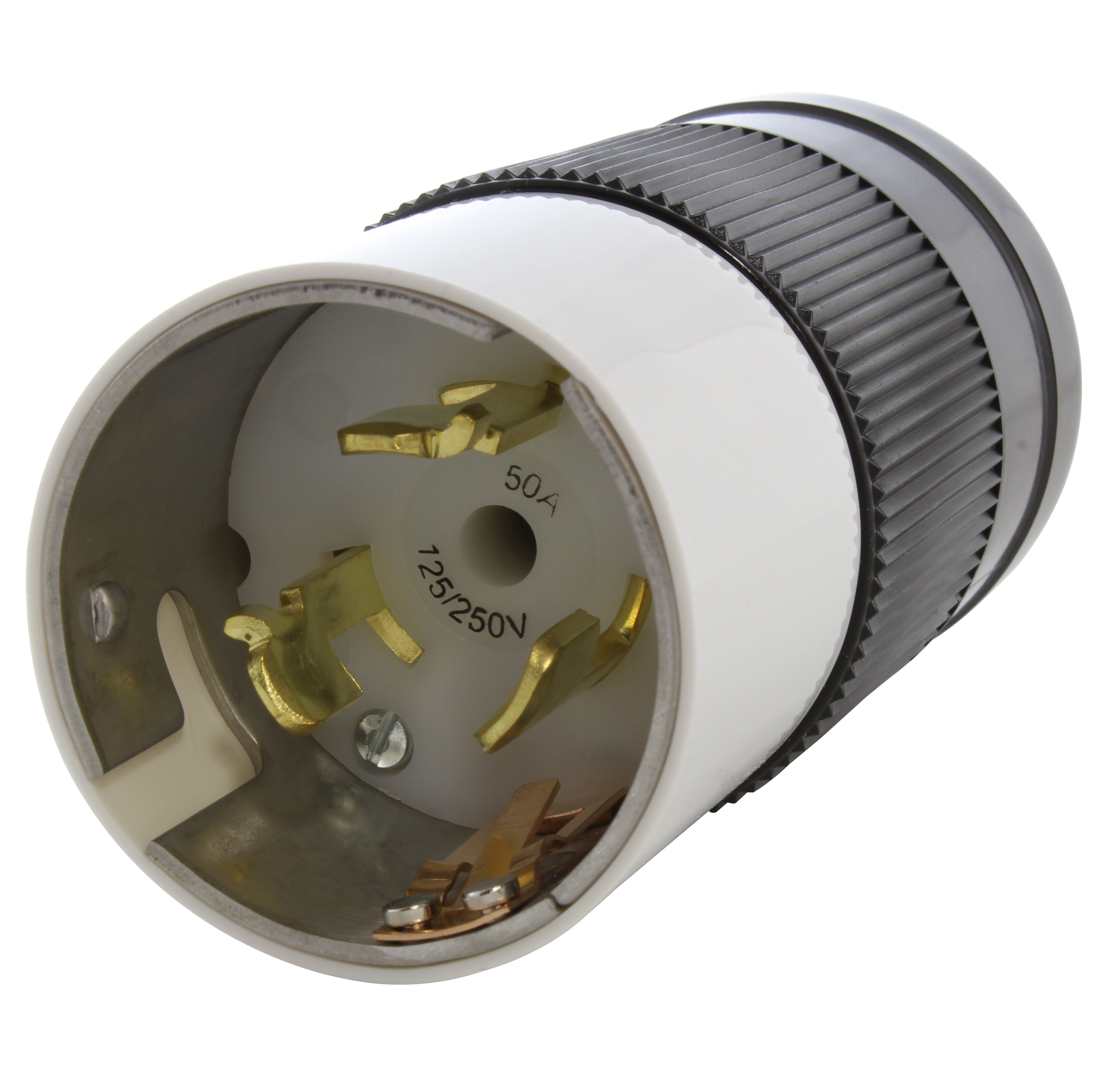
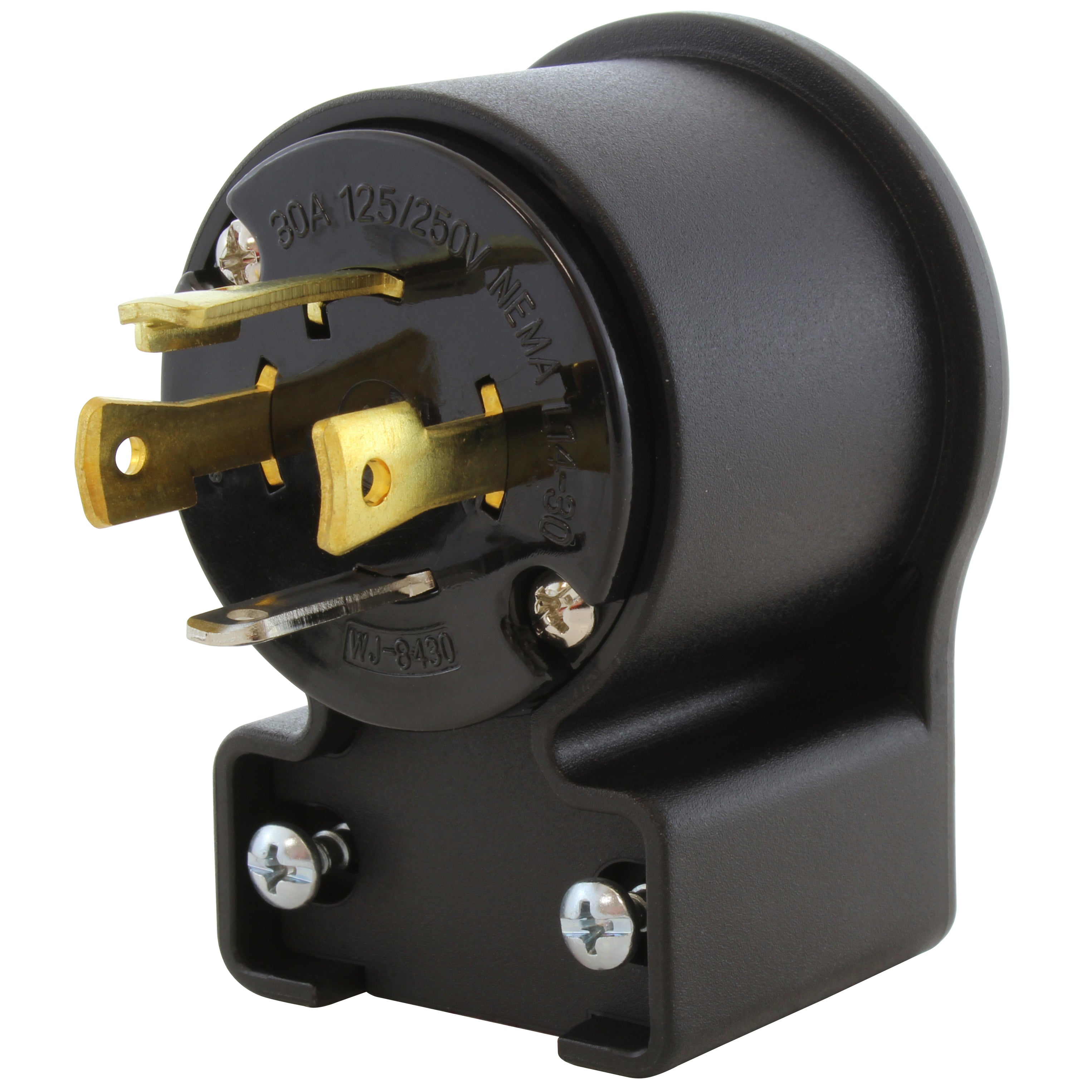

![AC WORKS® [ADV104] 3-Prong Heavy-Duty V-DUO Household Outlet Adapter](http://acworks.com/cdn/shop/products/ADV104-0.jpg?v=1605738768&width=3128)
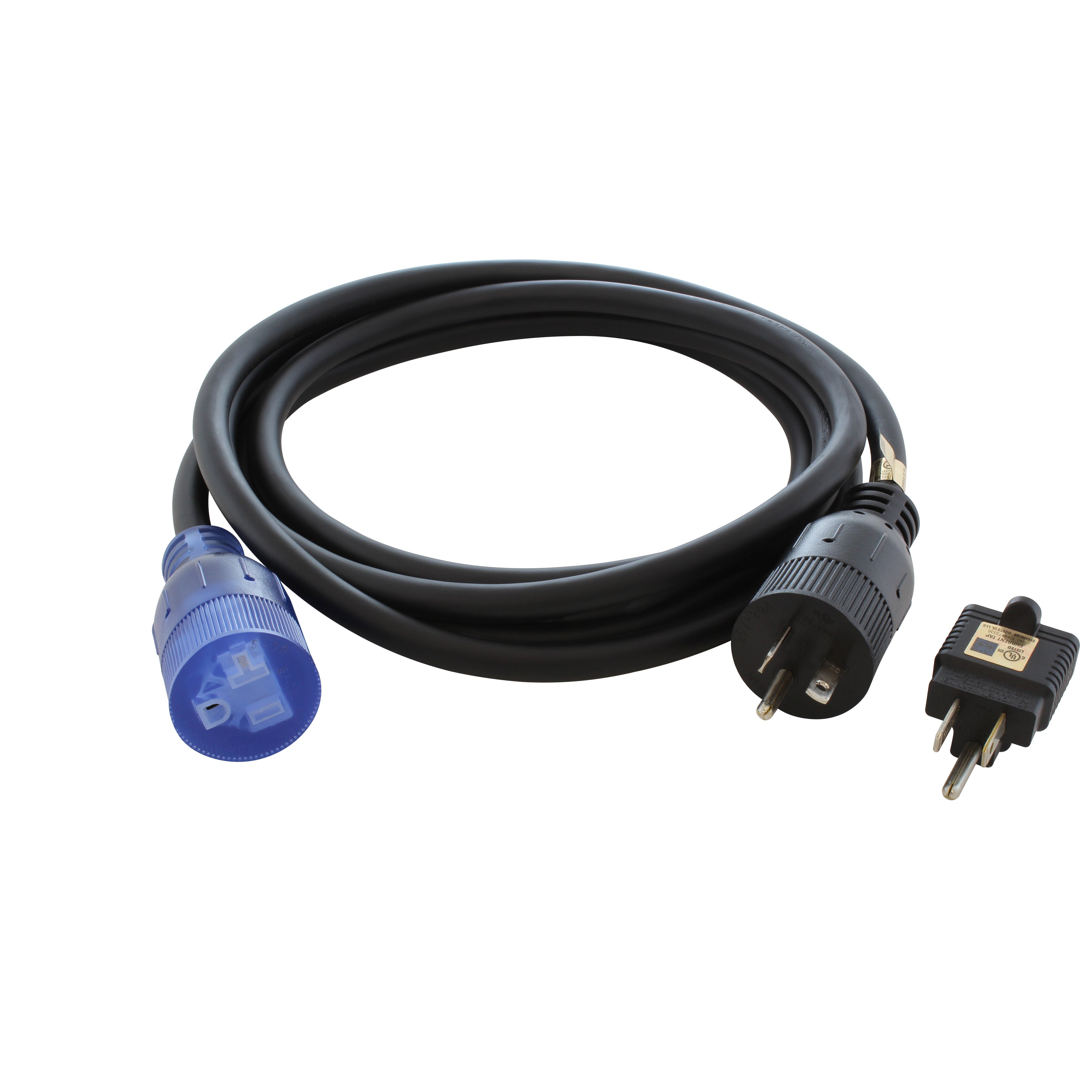
![AC WORKS® [XH515520] 15A to 15/20A 125 Volt Plug Adapter with ETL Safety Approval](http://acworks.com/cdn/shop/files/XH515520-0_daea425a-f439-48df-bb75-052167057f12.jpg?v=1729091519&width=2500)

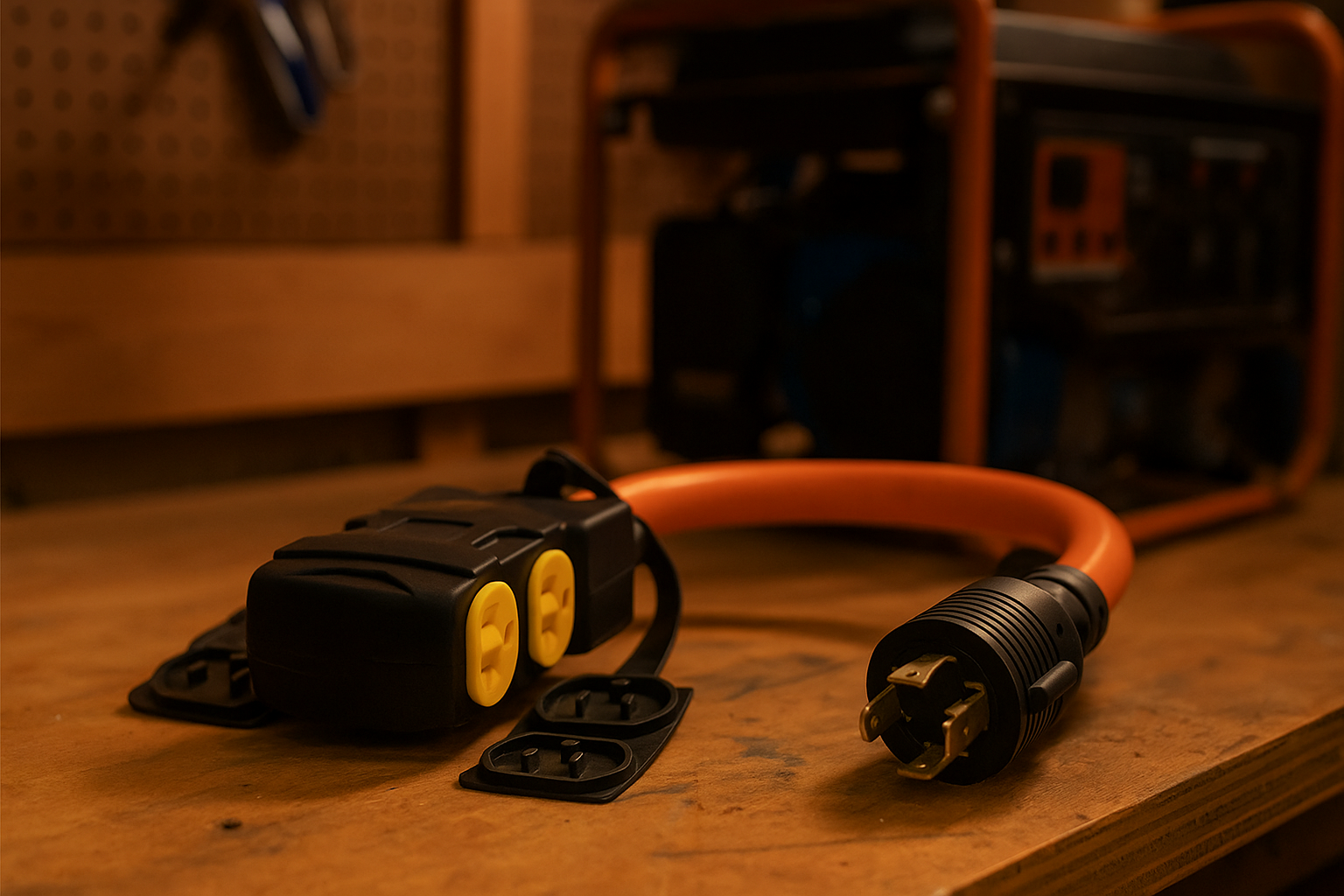

Share:
Cyber Monday Deal of the Day
Understanding Operational Power